 On Saturday, June 22, I reached Fantasia’s Hall Theatre before noon to see a screening of the anime Napping Princess (Hirune Hime: Shiranai Watashi no Monogatari), a story about dreams, technology, and the 2020 Olympics. After that, I had a short film showcase to see, then another feature. But before either of those, I planned to pass by the Fantasia Samsung VR 360D Experience, which, as the name implies, gives people the chance to experience VR by watching one of a selection of short films. I’d tried out the technology last year with a number of short fiction films; this time out there was something a little different, a half-hour documentary called Welcome to Wacken, about the legendary annual German metal festival. I wanted to see how the technology would handle the documentary form, especially since I had all the respect in the world for the filmmakers — it was directed by Sam Dunn, whose previous work included the seminal metal documentaries Headbanger’s Journey and Global Metal.
On Saturday, June 22, I reached Fantasia’s Hall Theatre before noon to see a screening of the anime Napping Princess (Hirune Hime: Shiranai Watashi no Monogatari), a story about dreams, technology, and the 2020 Olympics. After that, I had a short film showcase to see, then another feature. But before either of those, I planned to pass by the Fantasia Samsung VR 360D Experience, which, as the name implies, gives people the chance to experience VR by watching one of a selection of short films. I’d tried out the technology last year with a number of short fiction films; this time out there was something a little different, a half-hour documentary called Welcome to Wacken, about the legendary annual German metal festival. I wanted to see how the technology would handle the documentary form, especially since I had all the respect in the world for the filmmakers — it was directed by Sam Dunn, whose previous work included the seminal metal documentaries Headbanger’s Journey and Global Metal.
First, though, was Napping Princess (which, according to Wikipedia, is also known as Ancien and the Magic Tablet). Written and directed by Kenji Kamiyama, it begins in a dieselpunk otherworld called Heartland, where a daring princess named Ancien (voice of Mitsuki Takahara) seeks to regain her magic tablet with the help of an animated toy bear called Joy (Rie Kugimiya). A monster called the Colossus threatens Heartland, and Ancien’s father, whose palace is an enormous car factory like something out of Fritz Lang’s Metropolis, has ordered her confined to a tower. But she escapes, meets a rebellious motorcycle-riding mechanic named Peach (Yôsuke Eguchi), and joins with him to counter the mysterious plot of the king’s sinister adviser (Arata Furuta) and the giant Colossus that emerges from the sea.
Until Ancien wakes up. In the world we view as real, a Japanese schoolgirl named Kokone is dreaming Ancien’s adventures. It’s 2020, and the Olympics are about to take place in Tokyo; Kokone and her father, Momotaro, a mechanic in the southern town of Okayama, wonder whether the autonomous cars Japan’s promised as a major part of the opening ceremonies will be ready on time (note that Okayama’s the setting for the original legend of Momotaro). But then Momotaro’s arrested and accused of corporate espionage against Shijima Motors, the company building the autonomous vehicles. Kokone has to escape Shijima’s representative, who bears an uncanny resemblance to the evil adviser of the king of Heartland, and work out the secrets contained in her father’s old tablet computer. What secret in his background has emerged? And how does it connect to the story of Heartland?
…
Read More Read More
 Those who know me, or who have read some of my previous posts on the subject, know that I’m a big fan of anthologies, particularly those featuring original stories. For my general remarks on the subject, you can look here. I’ve mentioned that the anthology is a wonderful thing for readers, who can encounter authors new to them, sample the work of people they’re not familiar with, and, in the case of the themed anthology, explore an idea that interests them.
Those who know me, or who have read some of my previous posts on the subject, know that I’m a big fan of anthologies, particularly those featuring original stories. For my general remarks on the subject, you can look here. I’ve mentioned that the anthology is a wonderful thing for readers, who can encounter authors new to them, sample the work of people they’re not familiar with, and, in the case of the themed anthology, explore an idea that interests them.
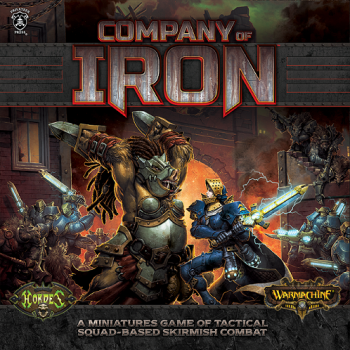
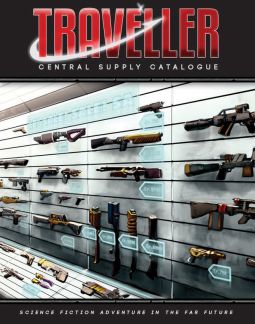

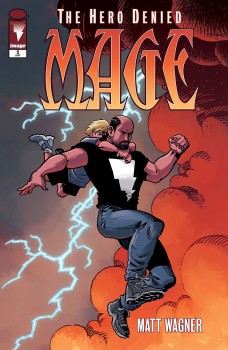

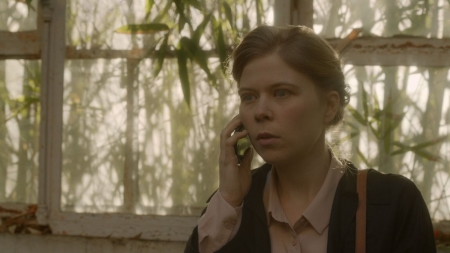 In 2016, the Fantasia International Film Festival created a showcase of short films by women directors:
In 2016, the Fantasia International Film Festival created a showcase of short films by women directors: 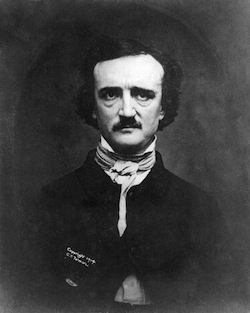
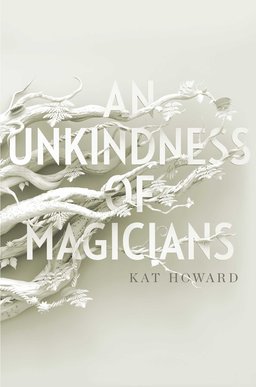
 On Saturday, June 22, I reached Fantasia’s Hall Theatre before noon to see a screening of the anime Napping Princess (Hirune Hime: Shiranai Watashi no Monogatari), a story about dreams, technology, and the 2020 Olympics. After that, I had a short film showcase to see, then another feature. But before either of those, I planned to pass by the Fantasia Samsung VR 360D Experience, which, as the name implies, gives people the chance to experience VR by watching one of a selection of short films. I’d tried out the technology
On Saturday, June 22, I reached Fantasia’s Hall Theatre before noon to see a screening of the anime Napping Princess (Hirune Hime: Shiranai Watashi no Monogatari), a story about dreams, technology, and the 2020 Olympics. After that, I had a short film showcase to see, then another feature. But before either of those, I planned to pass by the Fantasia Samsung VR 360D Experience, which, as the name implies, gives people the chance to experience VR by watching one of a selection of short films. I’d tried out the technology